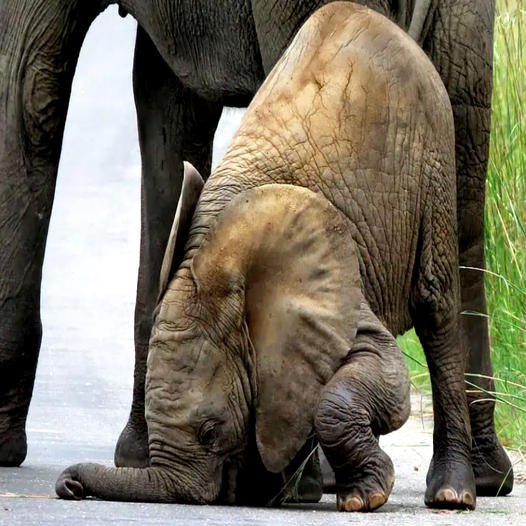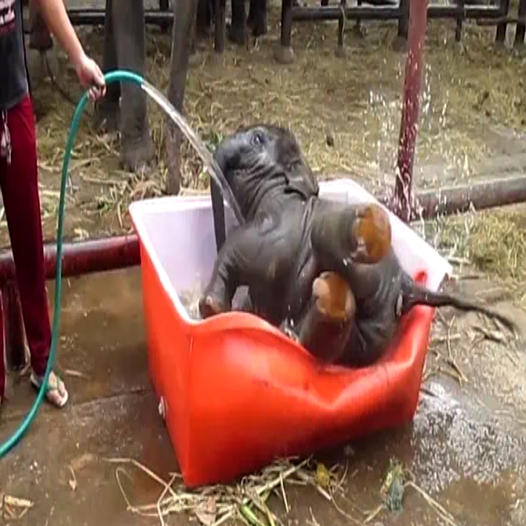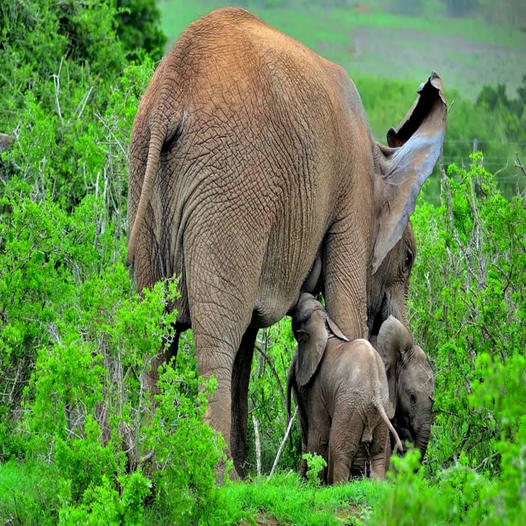
Embarking on a floral adventure, we begin our journey with Cosmos, a popular flower known for its easy growth from seed and abundant blooms throughout the summer.
Introducing Cosmos Cupcakes, available in delicate blush or pristine white, these charming flowers enchant with their pleated petals and unique tufted centers.
Cosmos Apricotta, a new sensation captivating gardeners worldwide, showcases peachy apricot and pink centers, making it a must-have for spring and summer gardens.
The Double Click series of Cosmos offers double and semi-double blossoms in a range of stunning hues, including cranberry, snow puff, violet, rose, and mixed varieties. Up next, Zinnias.

Zinnias are a delightful summer flower, great for cutting and refreshing the garden.
Popular varieties include the Queen series with unique color combinations like Lime with Blush, Salmon Rose, Red with Lime, and Orange with Lime. Zinnia Benary’s, known for its strong stems and large, fully double, dahlia-like blooms, is a top choice with low chances of getting powdery mildew.
The Zinnia Zinderella and Cresto series, with their pretty scabiosa-like blooms in peach and lilac, are also excellent choices. Zinnia Oklahoma, featuring smaller blooms that often double and are resistant to mildew, are also noteworthy.
And let’s not forget the Australian native, Billy Button, which is loved for its unique appearance.

Billy Buttons, or Pycnosorus globosus, commonly known as sun ball and drumsticks, can easily sprout from seeds. These hardy flowers can withstand tough conditions and poor soil once they take root, with long, slender stems perfect for cutting, and they maintain their bright yellow color even when dried.
Next, we come to the Strawflower, also known as Everlasting Daisy and Paper Daisy.

Strawflowers, another native Australian plant, are simple to grow from seeds and come in a wide range of colors such as Salmon Rose, Vintage White, Apricot and Peach, Deep Purple, Pinks, Copper, Scarlet, and more. These flowers can grow up to one meter tall, requiring support and are excellent for harvesting, hanging, and drying.
Planting Strawflowers in your garden will also help to attract native bees. Additionally, the Sandago Potomac series is known for their elegant tall stems that are perfect for bouquets.

It can be challenging to get tiny seeds to germinate, so it is better to raise seedlings rather than directly sow them. Light is crucial for germination, so cover the seeds lightly with vermiculite and water from the bottom to prevent the seeds from being displaced. Harvest snapdragons when one-third to half of the spike has opened. Rudbeckia, a daisy-like flower with a long blooming period, can last into autumn.

Different types include the fascinating Sahara, Marmalade, and Gloria. Also, Seventh, Queen Anne’s Lace.

This year, I will be growing Chocolate Lace, a beautiful flower that comes in dark purple, pink, and white colors (surprisingly, it’s a type of carrot!).
Green Mist plants have a lovely blue-green color in their foliage, while White Dill produces delicate white umbels, perfect for arrangements or simply on their own.
Next up, we have the lovely Sweet Pea.

Sweet Pea blossoms have a delightful fragrance that captivates the senses. By picking them regularly, you encourage more blooms to appear, so be sure to keep harvesting and breathing in the beautiful scent! Cheers, Sunflower.

Growing sunflowers from seed is simple and best done by sowing them directly into the soil. Sunflowers are great for attracting bees to your garden and they also stay fresh in a vase for a long time. One of my personal favorite varieties is the Sunflower Teddy Bear! Another great plant to consider is the Echinacea, also known as coneflower.

Commonly known as coneflowers, Echinacea plants have a remarkable ability to last long in a vase and also look stunning when dried as a flower arrangement.




